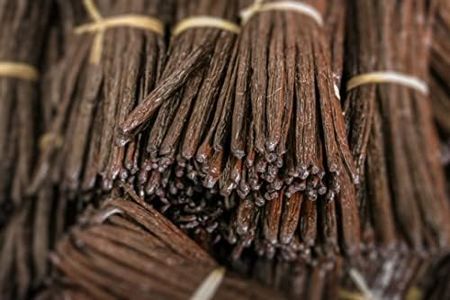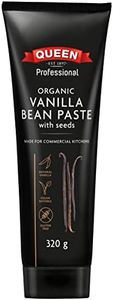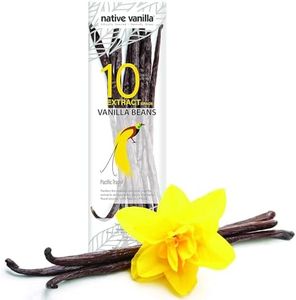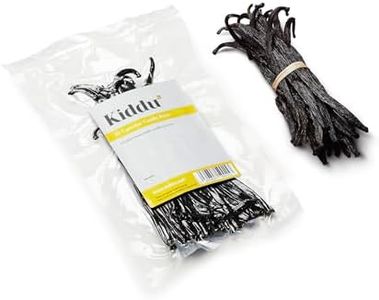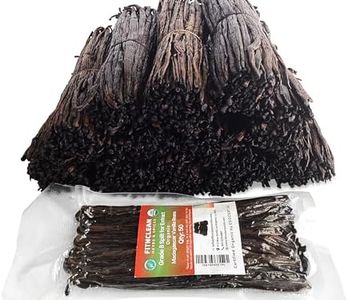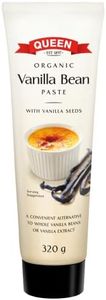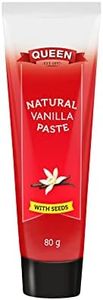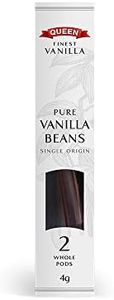We Use CookiesWe use cookies to enhance the security, performance,
functionality and for analytical and promotional activities. By continuing to browse this site you
are agreeing to our privacy policy
9 Best Vanilla Beans
From leading brands and best sellers available on the web.By clicking on a link to a third party's website, log data is shared with that third party.
Buying Guide for the Best Vanilla Beans
Choosing the right vanilla beans can significantly affect the flavor and aroma of your recipes, whether you’re baking, making desserts, brewing beverages, or preparing extracts. Vanilla beans come in different types and grades, and each variety offers a unique profile. Understanding the key factors will help you select beans that match your culinary needs and preferences.Bean VarietyBean variety refers to the species or origin of the vanilla bean, with the most common being Madagascar (Bourbon), Tahitian, and Mexican. Each type has a distinctive aroma and flavor: Madagascar beans are rich and creamy, Tahitian beans are floral and fruity, and Mexican beans are smooth and spicy. When choosing, think about the flavor you want to highlight in your recipe— Madagascar is versatile for most uses, Tahitian is great for delicate or fruity desserts, and Mexican works well with chocolate and spice-forward dishes.
Moisture ContentMoisture content determines how soft and pliable the beans are. High-moisture beans are plump and shiny, making them easier to split and scrape for seeds, and they contain more aromatic oils. Low-moisture beans are drier, more brittle, and commonly used for extracts or infusions. If you want intense vanilla flavor and easy handling for desserts, choose higher-moisture beans. Drier beans are suitable if you plan to soak them or use them for homemade extracts.
Length of BeanBean length is a sign of maturity and quality. Beans are generally measured in inches or centimeters, and longer beans (usually over 6 inches) tend to be more mature, containing more seeds and essential oils. Shorter beans might be less flavor-packed. If you want the deepest aroma and most seeds for culinary use, opt for the longest beans available. Shorter beans can suffice for infusions or if you don’t need a large amount of seeds.
GradeVanilla beans are often classified as Grade A (gourmet) or Grade B (extraction). Grade A beans are moist, plump, and visually appealing, suited for recipes where the appearance and seeds matter. Grade B beans are drier, less attractive, but ideal for making extracts as they have concentrated flavor when soaked. Pick Grade A for baking, custards, and garnish where appearance matters, and Grade B if the bean will be steeped for extract or infusions.
Aroma and FreshnessA good vanilla bean should smell strongly aromatic, with an inviting, deep fragrance. Faint, musty, or weak smells can indicate old or poor-quality beans. Always check the scent if possible—freshness ensures the best flavor transfer to your dish. For the strongest impact in your cooking, select beans that are freshly packaged and have a potent vanilla smell.
